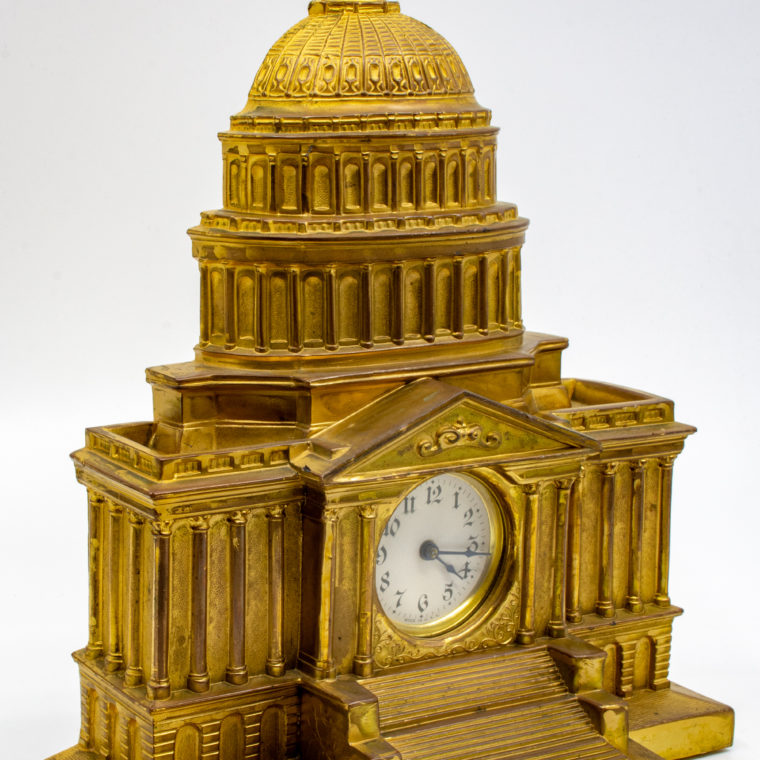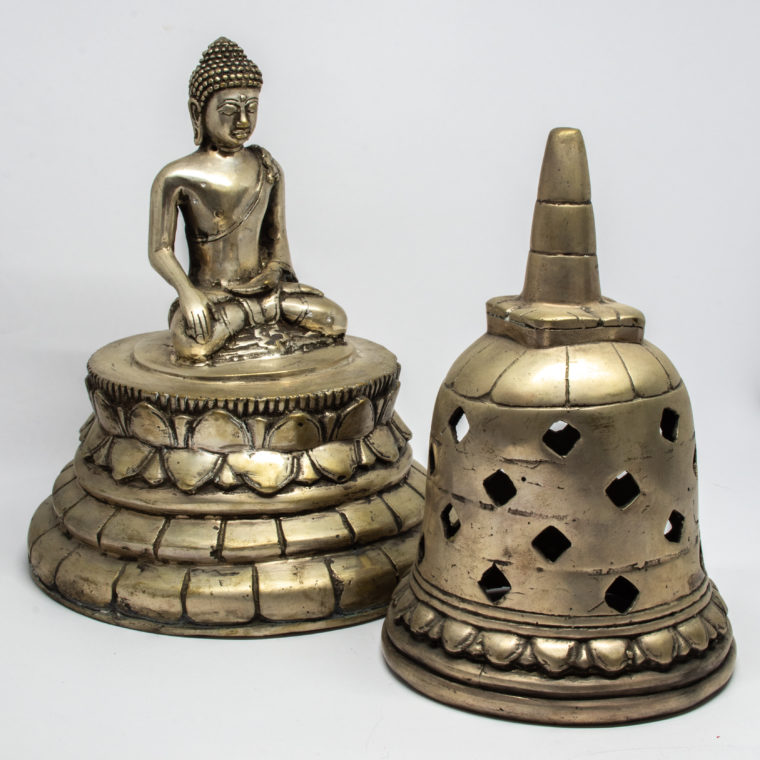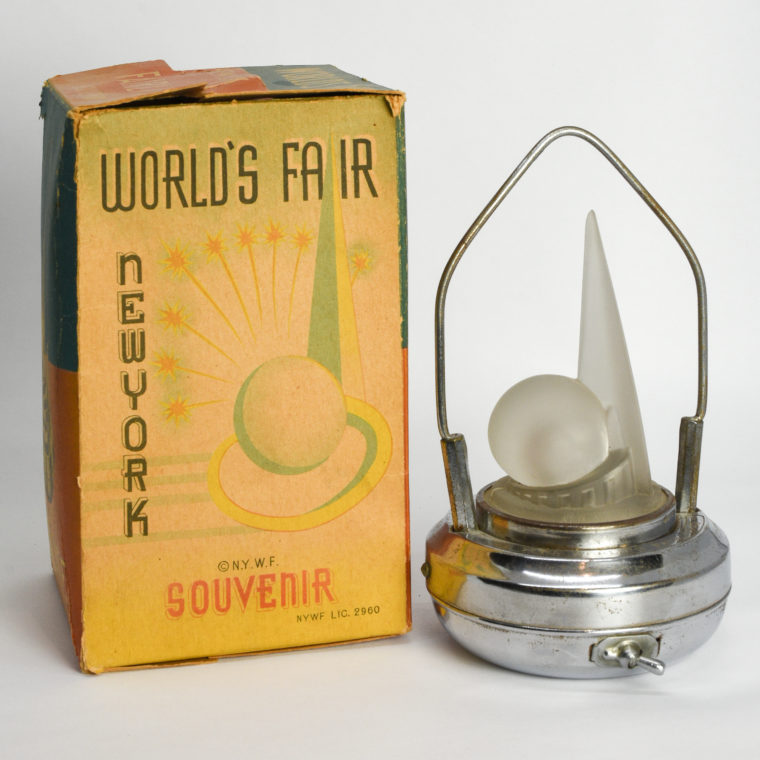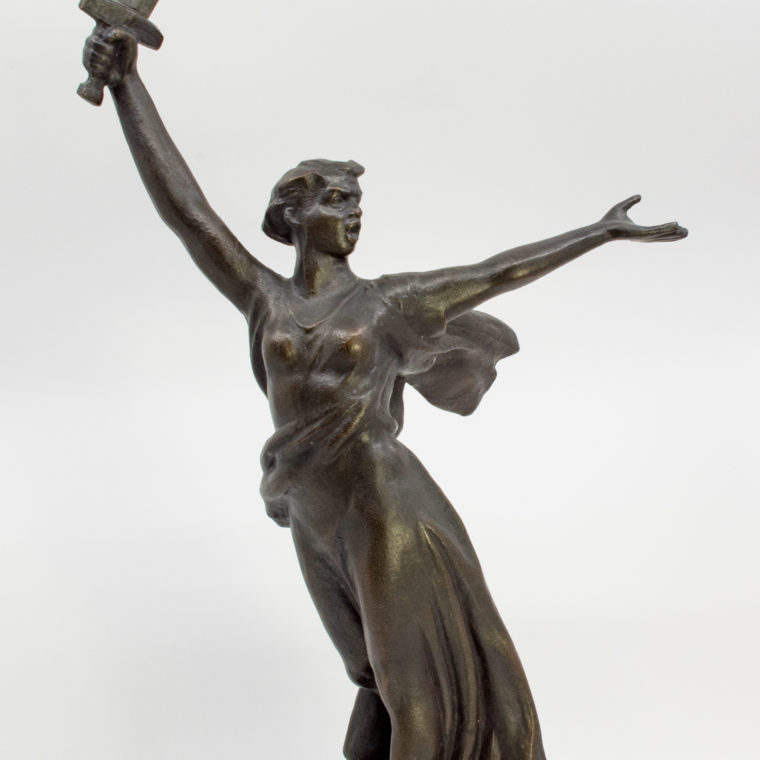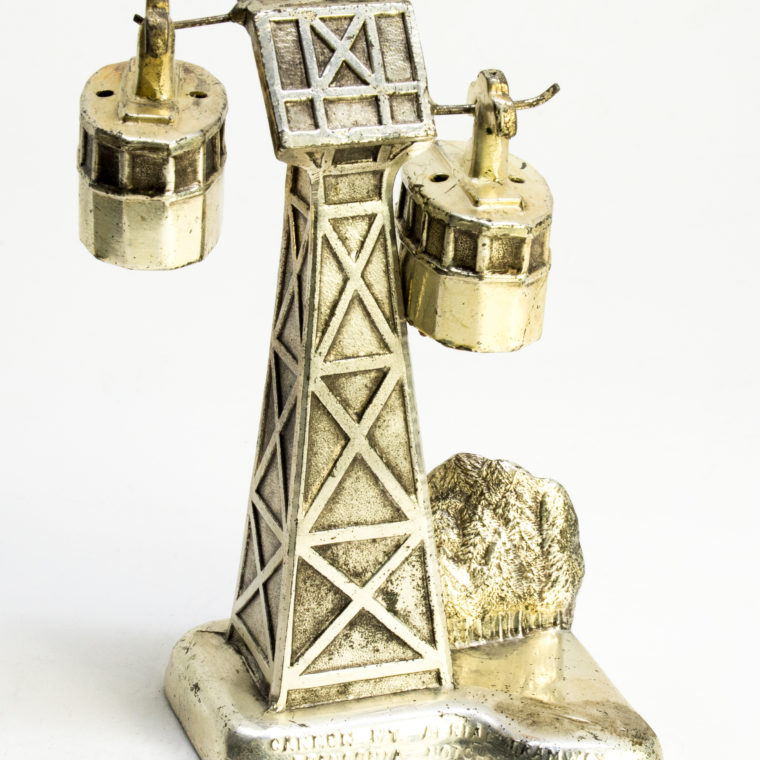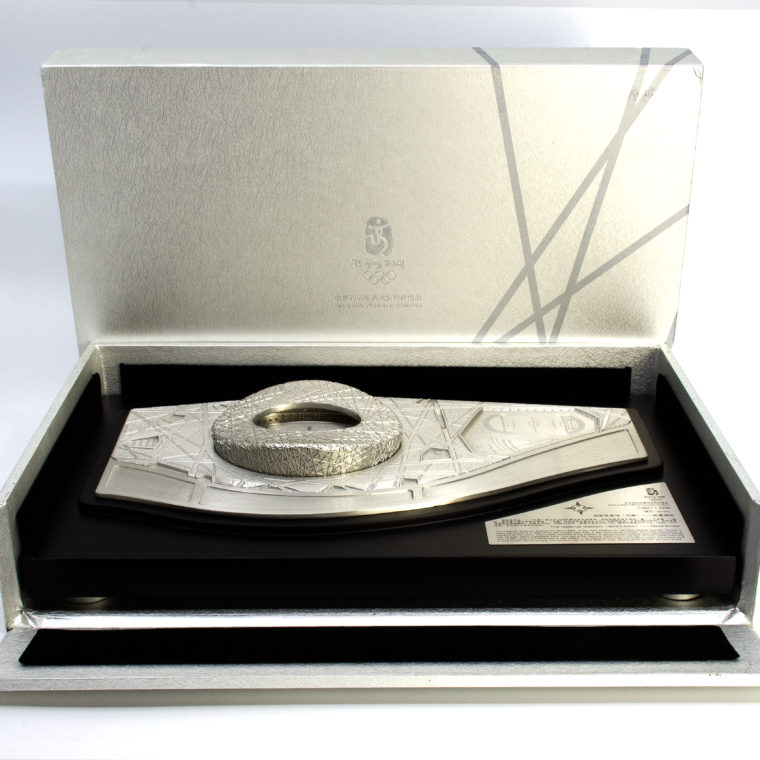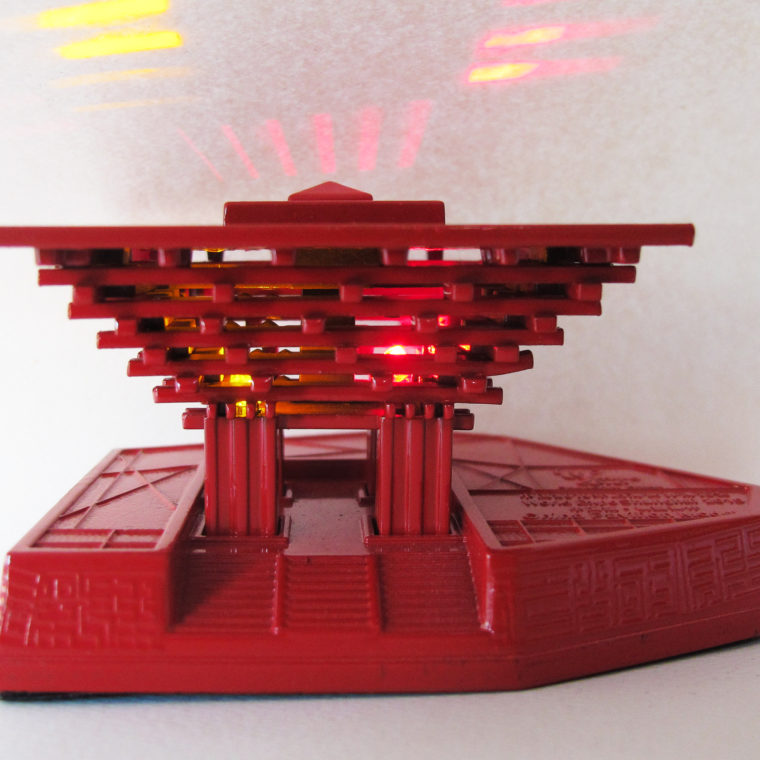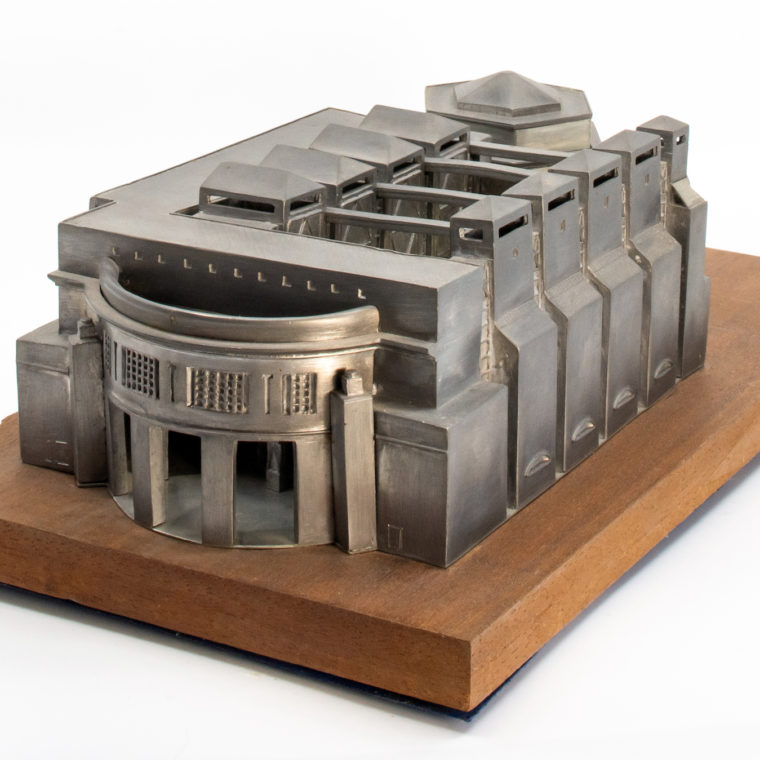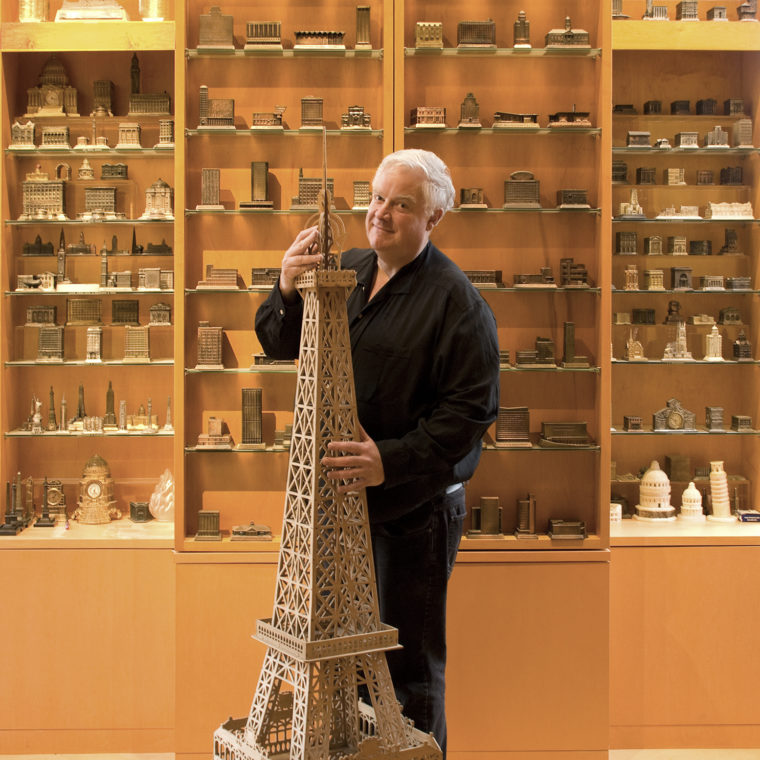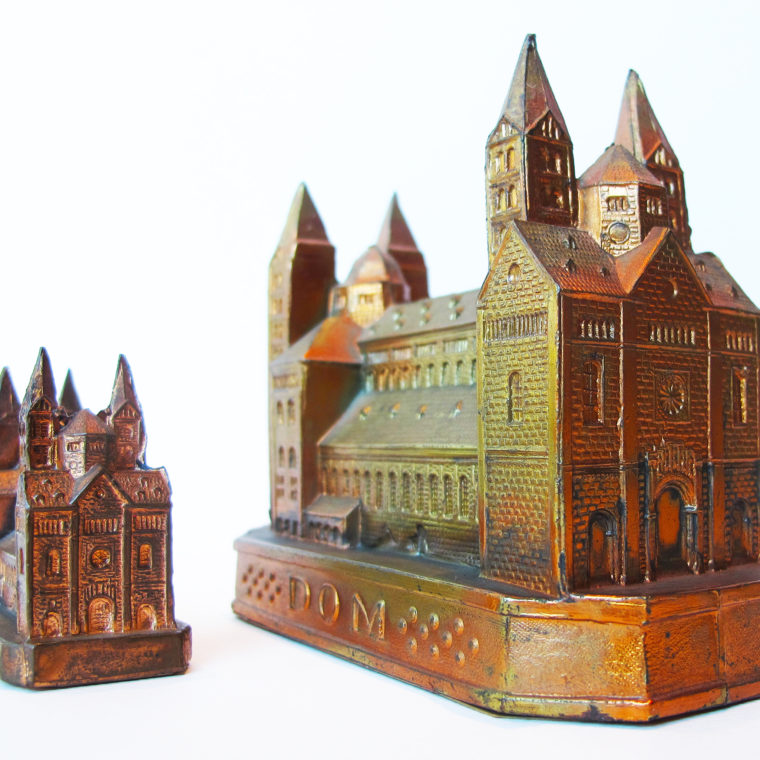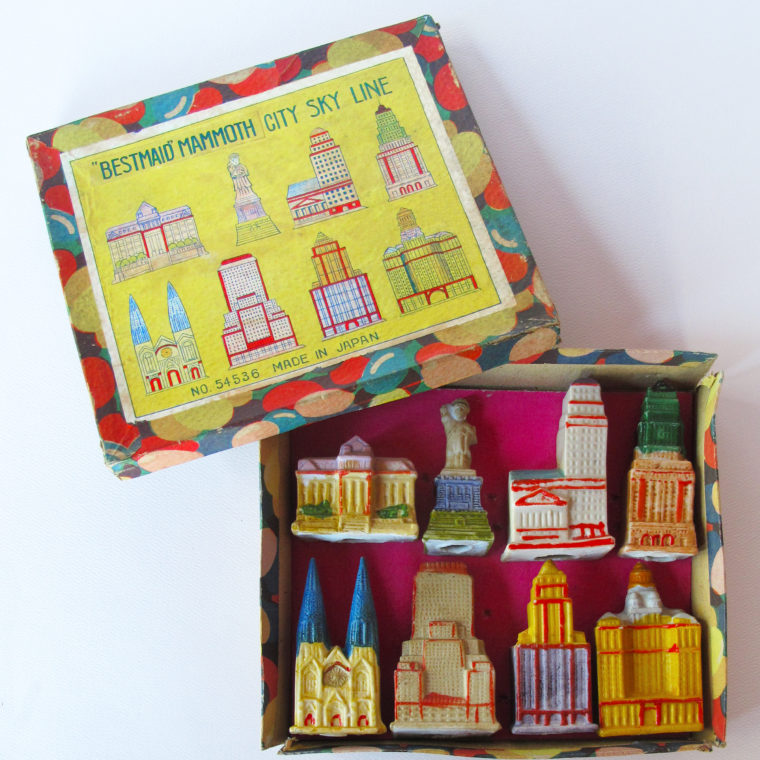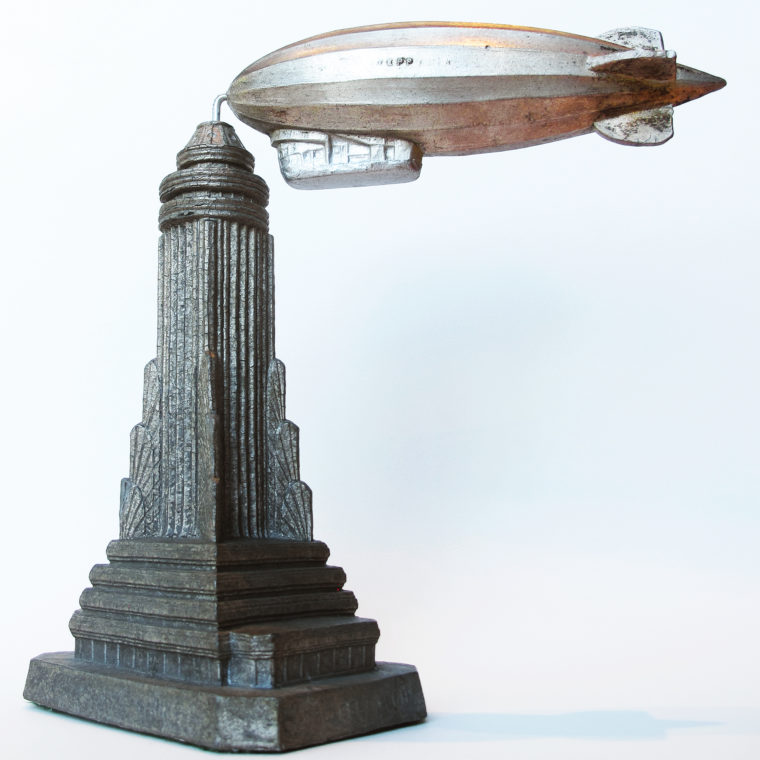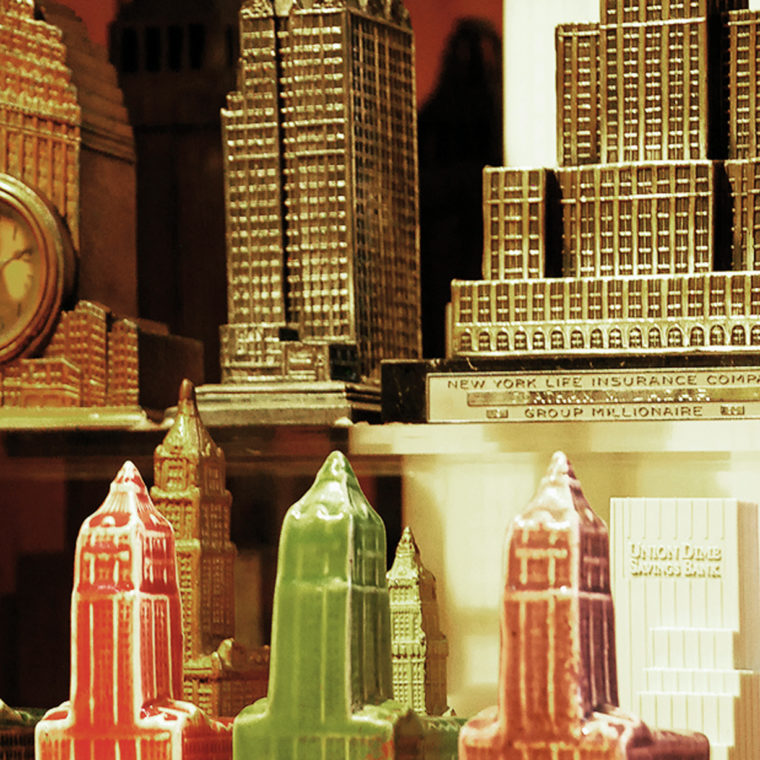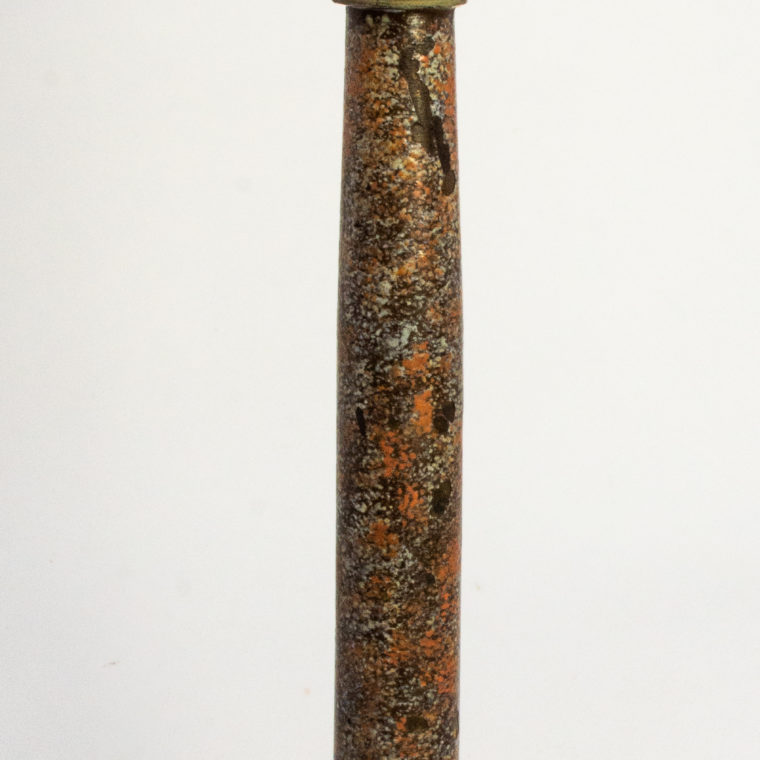David Weingarten Collection
Donated in 2019
Browse the collection here
The David Weingarten Collection of 20th Century Souvenir Buildings comprises more than 3,000 three-dimensional miniatures of actual buildings and monuments that exist or have existed in the real world. Amassed over 40 years and representing buildings from over 60 countries, the 20th Century Souvenir Buildings Collection is the leading and most extensive of its kind. After decades of display in museums and private residences, the entire collection was donated to the Museum in 2019.
Related content
A selection of buildings currently on view in Animals, Collected.
New York Times: Tiny Neighborhoods Sprout at the National Building Museum
Curbed SF: A Pair of Architects Create a Home for Their Grand Collection
Behind the Scenes: Packing up the 20th Century Souvenir Buildings Collection
Models featured in All Roads Lead to Rome
“Though in a new and memorable setting—the National Building Museum—we imagine this collection of architectural mementos will continue its familiar work: sparking recollection of places modest and monumental, every day and extraordinary, and with this, architecture’s part in all our lives.” —David Weingarten
Weingarten first began collecting souvenir buildings in 1976, on a trip to Germany’s Speyer Cathedral with his uncle, architect Charles Moore. When his uncle purchased a larger miniature of the cathedral, Weingarten opted for a smaller representation. The two Speyer Cathedrals, part of this collection, sparked a decades-long endeavor, later assisted by Margaret Majua, with whom Weingarten wrote two books about the collection, and Lucia Howard, his partner at Ace Architects.
“The collection’s many types and groups of souvenir buildings suggest alternate (and entertaining) ways of thinking about architectural design and history. This history is popular, not pedagogic or polemic, focused not at all on the inexorable progress of the styles, but instead on those buildings people have thought remarkable and memorable, engaging and appealing, swell enough to commit to memory, provoked by a souvenir building.” —David Weingarten
These pocket-sized buildings are at once a reminder of travel and a record of popular architecture. Included in the collection are iconic tourist destinations: the Tower of Pisa; the Empire State Building; the Parthenon; the Space Needle; the Alamo; the Eiffel Tower; and the Temple of Heaven. Also included are more modest buildings, such as dozens of suburban American banks, grain silos, and football stadiums, as well as souvenirs from places with less architectural, but nonetheless popular, pedigrees: Lincoln’s log cabin, Elvis’ Graceland, the Disneyland Castle.
Souvenir buildings are almost always cast in a mold and mass produced, and they are made from a variety of materials: cork; every sort of marble; brass and bronze; zinc, iron, silver, copper, and gold; plastic, paper, wood, clay, wax, and rubber; and even soap. In addition to their purpose as a souvenir, some serve other functions: they are inkwells, lamps, and boxes; paperweights, pencils, and pencil weights; salt and pepper shakers, coin banks, bookends, and bottles; cigarette lighters, cigarette boxes, and ashtrays; needle cases, radios; erasers, and candles.
Before arriving at the Museum, objects from the 20th Century Souvenir Buildings Collection formed exhibitions in museums across the U.S., including the San Francisco Museum of Modern Art, the Art Institute of Chicago, the Octagon Museum, St. Louis University, the Museum of the City of New York, and the SFO Museum. Souvenir Buildings/Miniature Monuments, describing the collection and phenomenon of architectural miniatures, written by David Weingarten and Margaret Majua, was published by Harry Abrams.

